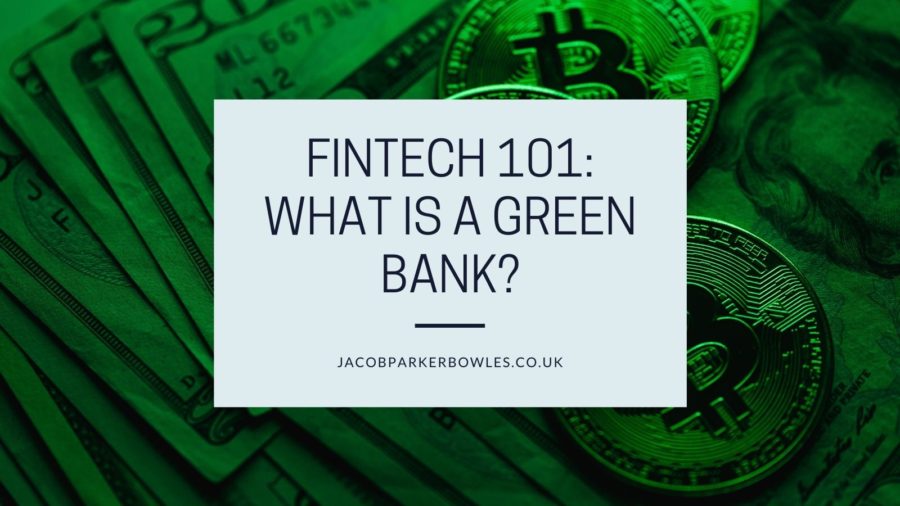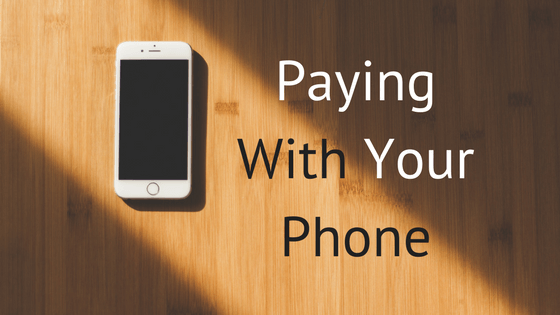There is an unfortunate tradeoff with the implementation of new technology: the more advanced technology becomes, the less personalized our world is as a result. When simple jobs can be performed by robots, as many now can, there’s no need to invest the money into human labor. At certain restaurants, people can place their orders via iPads. You can pay your friends back through an app on your phone without having to travel to an ATM to take out cash. You can book an entire vacation from your phone. You can place an order online without the need to talk with a human until your food arrives at your doorstep. Luckily, the need and desire for human interaction in the way we conduct business still exists, so technology has not eclipsed customer service entirely. But it seems that things could be headed in that direction, and banks are one sector where we can already see that trend.
Without that crucial customer service element, what remains to retain customers? As paradoxical as it may sound, banks are attracting new customers by keeping them away. “Banks are finding new growth opportunities through online and mobile channels, proving once more that consumers are increasingly attracted to the convenience and speed of mobile and online solutions,” says letstalkpayments.com.
When so many people, especially the millennial generation, turn to their phones for just about everything, it only makes sense that banks would tap into that lucrative channel, prioritizing convenience over customer service. Bank transactions dropped off by nearly 50 percent between 1992 and 2012, as online and mobile capabilities came into play. In order to retain customers, banks have had to play by new rules to appeal to a changing clientele.
Some banks are combining new technologies with traditional banking elements to appeal to a younger generation. For example, Savings Bank of Danbury in Connecticut just opened a new branch, and they pulled out all the bells and whistles to cater to tech-savvy millennials. Instead of a person, a large screen recounting the bank’s history in an ongoing loop greets customers as they walk through the door. The new branch features lounges with iPads and laptops where customers can interact with bank staff through technology, rather than face-to-face in a traditional teller line.
According to Martin J. Geitz, president of Simsbury Bank, the millennial generation are outgrowing the baby boomer generation, and as such are coming to define the economy. Says Geitz:
We are now embarking on the threshold of the millennial generation driving the economy as so many are entering the workforce and their demands and tastes for products and services will really define what banks offer and other consumer-driven products. The millennial generation grew up with a smartphone in their pocket. They have a different relationship with technology than we do. It’s important that we provide functionality at their fingertips.
Banks are offering a variety of features that allow customers to conduct all of their finance needs remotely, without ever setting foot in a bank. For instance, people can now transfer money to one another through cardless ATMs and checks can be deposited through an app on one’s phone just by taking a picture of it. In fact, there is an entirely new breed of banks that’s risen up in response that is moving away from brick and mortar locations entirely, operating solely online. An example of an online bank is Simple, aptly named for its mission to make the banking process as simple and convenient as possible. The bank gained more than 100,00 customers in its first two years and was promptly snatched up by Spain’s second largest bank, Banco Bilbao Vizcaya Argentaria (BBVA).
For the time being, brick and mortar banks are here to stay. They may not be the grand, pillared buildings of years past, with imposing high ceilings and marble floors, but nonetheless, there is a large fraction of the general populace that doesn’t fully embrace or understand technology, and still desires a certain degree of customer service. Mobile banking technology will continue to expand, but it will need to do so in such a way that combines the service of traditional banks with the convenience of online banking.



